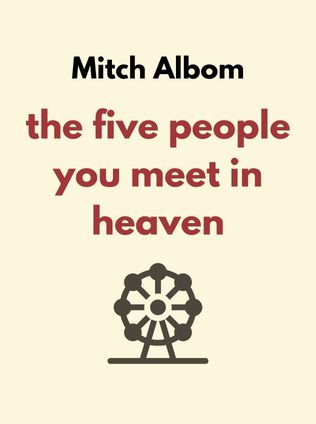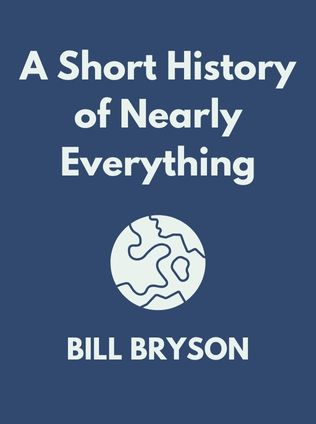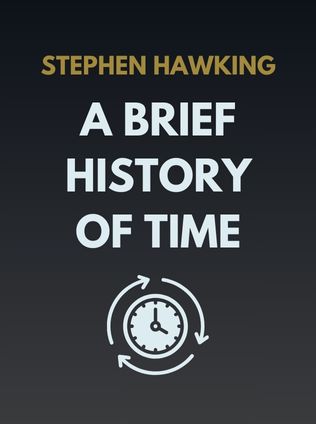
About the Author
Carl Sagan was a prolific American astronomer, astrophysicist, cosmologist, and science communicator. His work at Cornell University as a professor of astronomy and space sciences, as well as his role as director of the Laboratory for Planetary Studies, cemented his reputation as a leading figure in popularizing science. Sagan’s career was marked by his dedication to making the complexities of the universe accessible to the general public. His 1980 book "Cosmos" and the accompanying television series of the same name were landmark achievements in science communication, captivating millions of viewers and readers worldwide. Sagan’s influence extended beyond the scientific community; he was a passionate advocate for the search for extraterrestrial life, planetary exploration, and the preservation of our planet. His other notable works include "The Dragons of Eden," which won the Pulitzer Prize, and the science fiction novel "Contact," which was later adapted into a successful film. Sagan’s legacy continues to inspire curiosity and wonder about the universe, encouraging us to look up at the stars and ponder our place in the cosmos.
Main Idea
"Cosmos" is Carl Sagan's exploration of the universe, blending science, philosophy, and history to offer a comprehensive understanding of astronomical discovery and humanity's place within the vastness of space and time. The book traverses the evolution of life on Earth, the history of astronomical thought, and the possibilities of interstellar travel and extraterrestrial life. Through "Cosmos," Sagan invites readers to ponder profound questions about our existence, significance, and the potential for other intelligent life forms in the universe. The work serves not only as a scientific guide but also as a philosophical meditation on humanity’s role in the grand narrative of the cosmos.
Table of Contents
- Introduction
- The Vastness of Space and Time
- Humanity’s Place on Earth
- History of Astronomical Thought
- Exploration of Space
- The Search for Extraterrestrial Life
The Vastness of Space and Time
In "Cosmos," Carl Sagan begins by confronting the reader with the sheer scale of the universe, a theme that permeates the entire book. He masterfully conveys the staggering distances between celestial objects, measured in light-years, and the mind-boggling age of the universe, which spans billions of years. Sagan’s narrative encourages readers to step back from their anthropocentric views and recognize the relative insignificance of Earth in the grand scheme of the cosmos.
"The cosmos is all that is or ever was or ever will be. Our feeblest contemplations of the cosmos stir us." - Carl Sagan
Sagan discusses the evolution of life on Earth, starting from the formation of simple organic molecules and tracing the development of complex life forms over billions of years. He explains how life arose from non-living matter, a process known as abiogenesis, and explores the possibility that similar processes could occur elsewhere in the universe. Sagan’s reflections on the evolutionary timeline highlight how brief humanity’s existence has been relative to the history of the Earth.
He emphasizes that while Earth seems special and central from our perspective, it is just a small, fragile piece of a vast, largely unknown universe. The distances between celestial objects are so immense that they challenge our comprehension, with light-years being the most practical unit of measurement. Sagan uses these distances to illustrate the humility we must adopt when considering our place in the universe.
Sagan’s exploration of time is equally humbling. He traces the history of the universe from the Big Bang to the present day, placing humanity’s existence on a cosmic calendar where all of human history occupies just the last few seconds. This perspective forces us to confront the brevity and fragility of our existence within the grand cosmic timeline.
Sign up for FREE and get access to 1,400+ books summaries.
You May Also Like
Factfulness
Ten Reasons We're Wrong About the World – and Why Things Are Better Than You Think
By Hans Rosling



















